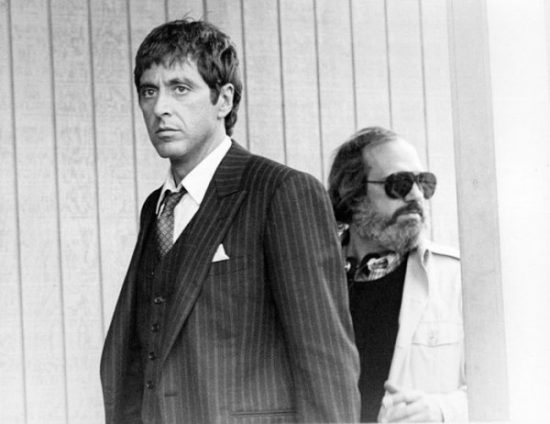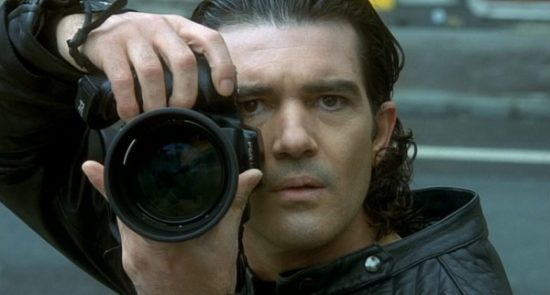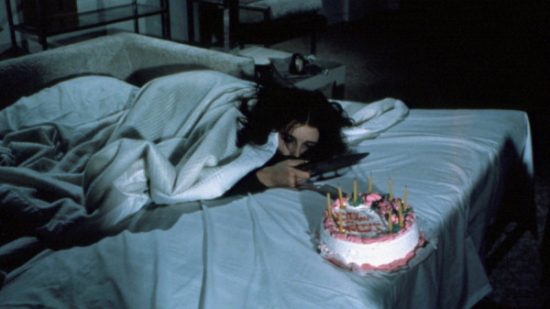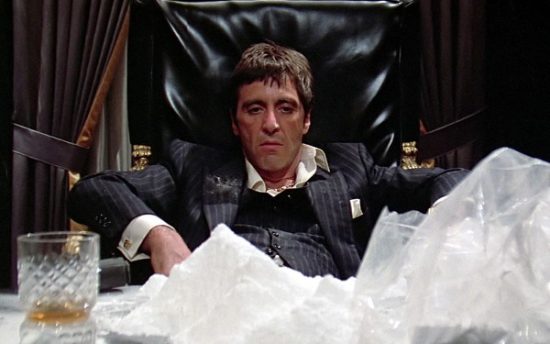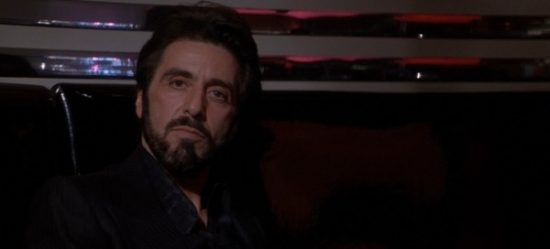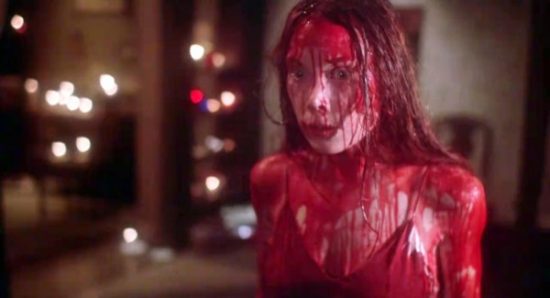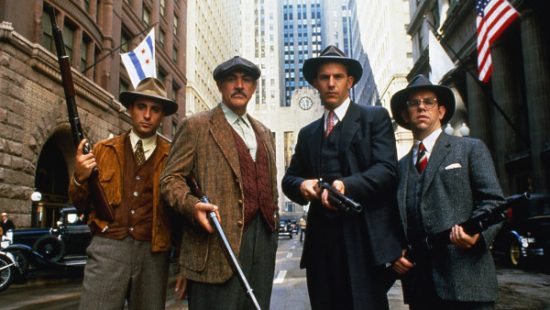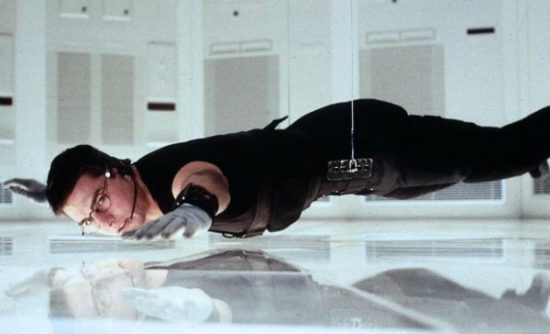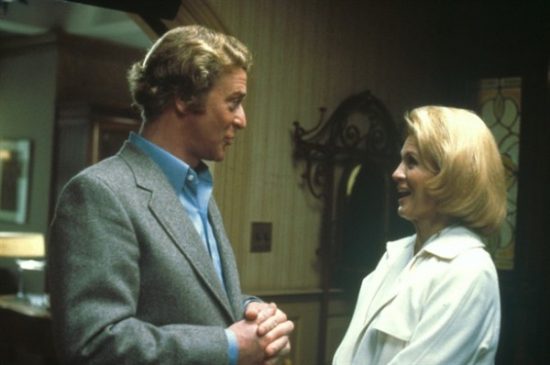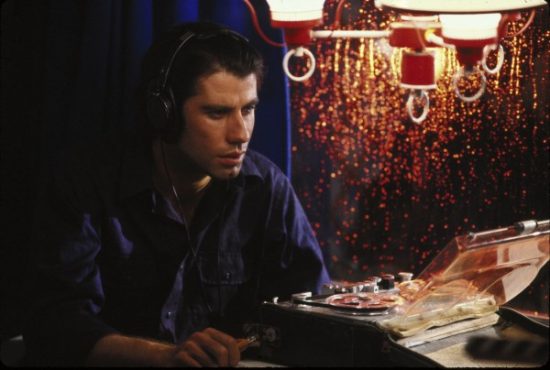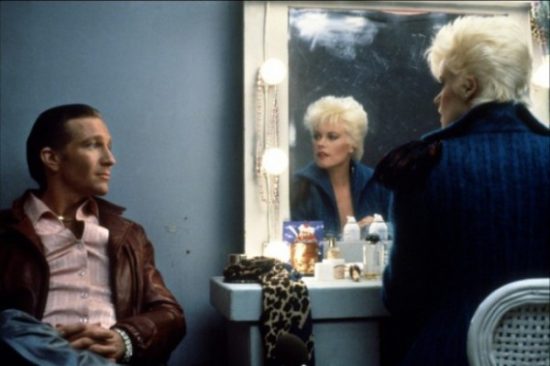The Top 10 Brian De Palma films
10. Femme Fatale (2002)
While unmistakably flawed and baring the sad symptoms of an overwrought plot, erotic thriller Femme Fatale is another surrealist madhouse by auteur Brian De Palma. The most overdirected movie since Oliver Stone’s Natural Born Killers, De Palma takes a twisty plot following a gorgeous con artist (Rebecca Romijn) who gets involved with a paparazzo named Nicolas (a very amusing Antonio Banderas). Dopplegangers and mistaken identifies are the meat and potatoes here, and naturally, all is not what it seems. But the strong aesthetic choices by De Palma propel it beyond its endearingly confounding narrative, which features his classic use of split screen to great effect. The real calling card of the film is its tour de force opening heist sequence at none other than the Cannes Film Festival, an in-joke for cinephiles. It’s nothing short of one of the all-time best heist scenes, hidden in an otherwise lesser (but fun) De Palma.
9. Sisters (1973)
While nobody would accuse Sisters of being amazing—it’s not—De Palma’s first thriller showed undeniable promise. Back in 73 nobody knew his name but this early ode to all things Hitchcock, a trend in his still going career, took a crap level script and elevated it to due to the sublime direction. Seeing his talent flourish, from the swift direction to the, once again, uncanny use of split screen, watching him develop his craft is fascinating. The plot follows a hot shot investigative journalist (Grace Collier) who witnesses a murder in a nearby apartment, and enlists the help of a private detective (Charles Durning) to get to the bottom of it. In a classic Hitchcockian premise, the murder, or murderess is one of a pair of twins (Margot Kidder). One is crazy, one is (seemingly) sane. The film is undeniably crude, but things get going in the last half as the narrative shifts to investigating the crime, and the location photography around New York city sets the perfect tone.
8. Scarface (1983)
Some might cry folly at placing such a beloved classic so low on the list, but playing it straight was never De Palma’s speciality. For a heightened gangster tragedy-fantasy, it’s amusing to note it’s amongst his most tonally straightforward features (in the same way that David Lynch’s The Elephant Man is comparatively direct compared to something like Lost Highway). Anchored by one of Al Picano’s strongest performances, Scarface is memorable, terrific and most of all, quotable (“Say hello to my little friend”). It lacks the slick style of Goodfellas or the Shakespearian sophistication of The Godfather, but categorizing it as just another gangster movie would be a mistake. Above all else Scarface is an old-school exploitation movie, brought to life with the excessive panache for which De Palma won his name.
7. Carlito’s Way (1993)
The Picano-De Palma reunion was a long time coming, and it was the rare anticipated re-team that was worth the wait. While Scarface follows the old pattern of the rise and fall story, Carlito’s Way finds a less direct, more inventive path. The result is a captivating two and a half hours, which the late Roger Ebert correctly calls a character study. Great drama is found when external and internal conflict collide, and its there that Carlito’s Way excels, shown especially by the title character’s flirtations with crime. It’s a classic noir setup: an ex-convict tries going steady. By the end of the grueling tale—which co stars a very young and motivated Sean Penn—you feel as though you know Carlito intimately. This invigorates the action scenes with an emotional force that modern audiences aren’t accustomed to in dime a dozen superhero movies.
6. Carrie (1976)
One of the definitive movies to capture the high school experience, De Palma’s first classic took teen bullying and turned it into an oft imitated horror movie. The climactic sequence where Carrie, played with startling vulnerability by Sissy Spacek, turns into a spiteful furnace of telekinetic rage is every bit as harrowing in 2015 as 1976, the kind of sequence most directors get once or twice a career. Amazingly, De Palma’s is full of them. Overt supernatural themes can sometimes be twisted into camp nonsense, but there’s a delicately walked line here between overt cheese and psychological realism, and the emotional abuse Carrie undertakes is believable. Her bloody revenge—great and terrible though it is—feels earned and even cathartic, effectively making the audience complicit in her wrath.
5. The Untouchables (1987)
The broadest of De Palma’s movies, this wildly entertaining prohibition era actioner is all about old school cops vs gangsters. An earnest Kevin Costner plays the fish out of water Government Agent Eliot Ness, the indelible charm of Sean Connery giving weight to his snarky beat cop (which he won an Oscar for the role), and none other than Robert De Niro plays iconic gangster king Al Capone. Famed composer Ennio Morricone, known for his legendary scores on Sergio Leone’s spaghetti westerns, adds a lively period score to match the scrupulous 1930s mise en scene. Amusingly, not even De Palma’s most plainly entertaining movie can go without overt nods to classic film theory: a stroller flies down some steps with dangerous speed, recalling a classic scene from Russian Montage classic Battleship Potemkin.
4. Mission Impossible (1996)
It’s only in retrospect that Mission Impossible, the first movie that Tom Cruise produced and word is he personally sought out De Palma to direct, seems like a streamlined spy movie. At the time, this 1996 espionage-spectacle seemed like as big as movies can get, with a series of spellbinding set pieces that to this day cause my palms to sweat. The best of them is the famous suspension from the roof heist sequence, frequently mimicked, never equalled. De Palma had a keen sense of communicating the geography of a set like few in the history of movies, so when everything starts falling apart it hits you all the harder. But what distinguishes the first Mission Impossible from not only its sequels, but action movies in general isn’t its amazing suspense sequences but its gleeful devotion to the tropes of spy movies, and who’s behind what and what’s behind who is every bit as entertaining to watch unfold.
3. Dressed to Kill (1980)
And here it begins: one of my favorite runs of any director in the history of movies. Hyperbole? Maybe. But everything that makes De Palma, De Palma starts in these three movies, and they’re almost an unsaid, unofficial trilogy. Dressed to Kill is a remake hybrid, and reimagining of classic Hitchcock. To say which films would be a spoiler, but think top shelf Hitch: Rear Window, Vertigo, Psycho, and others. De Palma took the high brow cinema of Alfred Hitchcock and remixed it with B level exploitation movies, making this the rare blend of high brow and low brow all at once. Or, in other words, an appeal to all the senses. This (very) erotic thriller follows a glib Michael Caine as a psychiatrist treating Kate Miller, played delicately by Angie Dickinson. What follows I don’t dare disclose, but there’s a ten minute early film sequence shot entirely without dialogue that’s the pinnacle of what visual storytelling is capable of.
2. Blow Out (1981)
Continuing the trend above, De Palma borrows not just from Hitchcock, but European Art Cinema genius Michelangelo Antonioni. One of Fellini’s contemporaries, his films, famous for their studies in post-modern existence, exploded in the U.S. with his english language film Blow Up, a movie about a fashion photographer who inadvertently photographs a murder. Forever the lover of cinema, De Palma reimagines the premise of Blow Up into Blow Out through the lens of the movies: a sound engineer (John Travolta) for the same slasher exploitation movies he has such an affinity for captures the sound of a political assassination—only nobody but him thinks it was a murder. This hard knuckled thriller is one of the finest accomplishments from the 1980s in film, acting as brilliant satire of life in the information age and boasting one of the finest performances of John Travolta’s career. Trivia; This is often cited in Tarantino’s top ten favorite movies of all time.
1. Body Double (1984)
Criminally underrated and offensively underseen, Body Double took a lot of flack in the mid 80s for its violence and pornographic tendencies. What critics missed is, as with Dressed to Kill and Blow Out, De Palma sought to connect the highest impulses of cinema with the absolute lowest. The self-reflexive glee of his camera, the incredible use of editing and visual storytelling—forever the cinephile’s currency of quality—were combined with the aesthetics of 80s pornography. The result is a fever dream of Vertigo, Rear Window, and porn, an intoxicating cocktail that plays to all of De Palma’s strengths. It’s the film that’s most thoroughly him, with the plot following a young actor who plays a voyeur spying in on a beautiful woman. The rub being, of course, he sees her nearly murdered. These three movies represent a synthesis of high art and low art like few directors, save Quentin Tarantino and John Carpenter, have ever tried before. Amazing.

